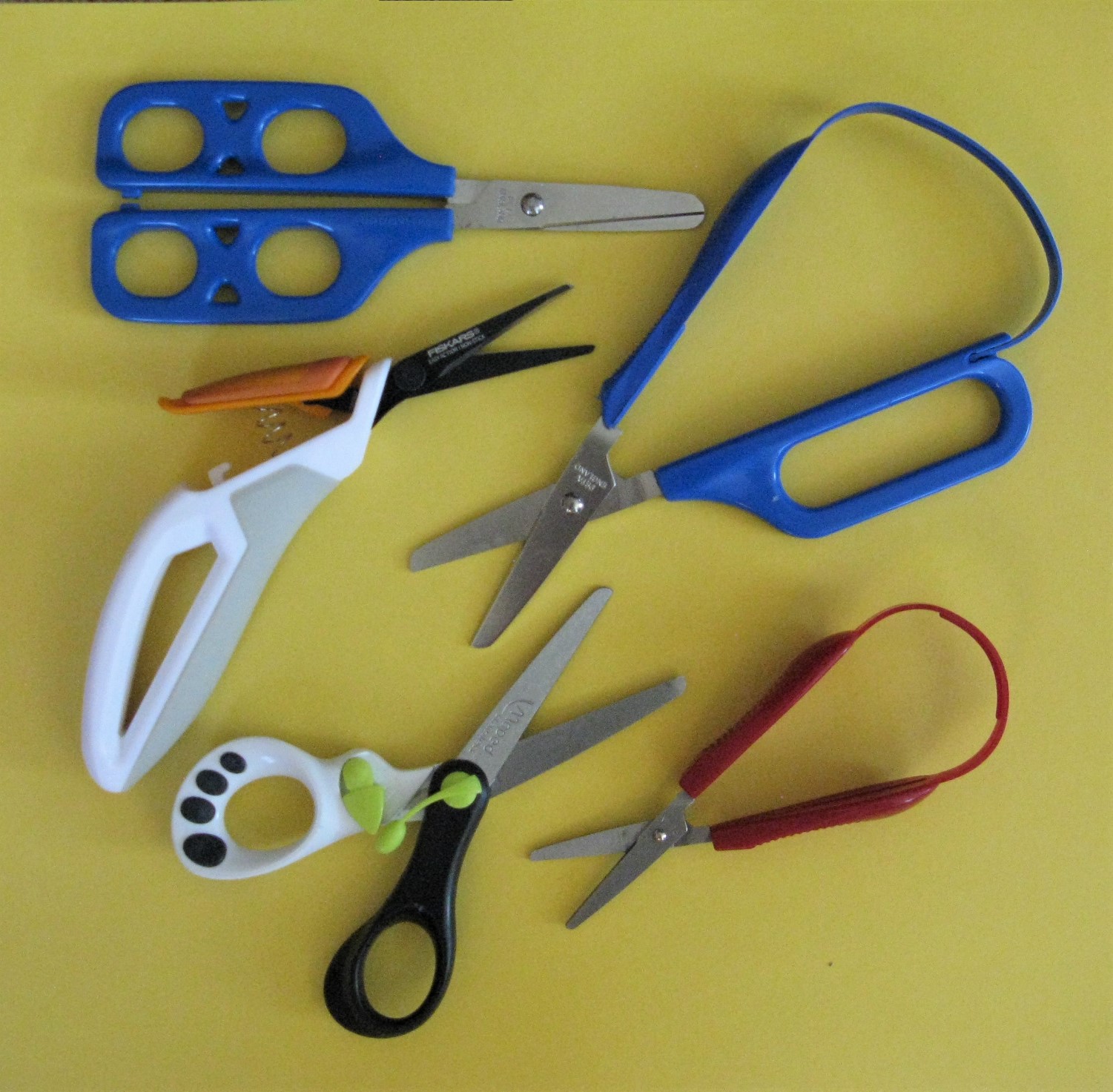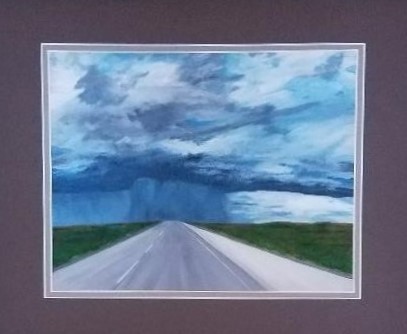August 8, 2019
 Tell us about yourself
Tell us about yourself
I have worked for the past 30 years as an Adaptive Art Specialist/Art Therapist in the Assistive Technology Program of the Specialized Services Department for the Milwaukee Public Schools in Milwaukee, WI and retired in June. My primary role was to work with art specialists, special education and regular teachers to adapt art materials, tools, and techniques for students from early childhood through high school with disabilities. In addition, I collaborated and co-led groups with school social workers, counselors and psychologists to include art therapy as a therapeutic intervention.
To continue developing my skills, I have been an Adjunct Faculty in the Art Therapy and Graduate Education Department at MMU since 1990 and present at national conferences related to art education, art therapy, persons with disabilities and assistive technology. I facilitate workshops, professional development trainings and provide consultation regarding art therapy and adaptive art for schools, universities and organizations. As an author of four chapters in adaptive arts strategies’ books, and two white papers on adaptive arts strategies, a future goal is to write a book encompassing my work in adaptive art and art therapy.
My engagement with AATA has been quite interesting. Professional Membership started for me in 1983, and I obtained my BC in 1989. I presented at many AATA conferences early on in my career, and held positions on the Conference Committee, ultimately becoming the Conference Chair for the 2006 and 2007 Conferences in New Orleans, LA and Albuquerque, NM. I have also been the Book Review Editor for the AATA Journal and am currently on the AATA Journal review team.
What excites (or inspires) you most about your work?
I am inspired by the new graduate art therapy students from Mount Mary University that see my vision of adapting art tools, media and techniques for ALL clients as being important to their future work as art therapists. They see that there are adaptations needed for persons due to physical challenges. They also learn that other strategies I use to adapt the art experience for persons with specific challenges in visual, sensory and cognitive functioning work quite well for students with more emotional and behavioral challenges. It is quite exciting to see how the interns learn to re-envision the process of artmaking through considering art adaptations. I feel I have learned so much from the interns over the years, as their fresh eyes and passion for the student success has brought forth very creative opportunities.
Has working with a particular client group shaped your professional focus or specialty? What have you learned from working with these clients?
 My students challenge me to constantly find solutions to assist them in accessing their artmaking tools and materials in order to be creative and independent as possible. Many of my students need adaptations such as adapted scissors, altered grips to grasp drawing, painting and other art tools, as well as augmentative alternative communication (AAC) options for their artmaking. I learned quite quickly from my students – How can I encourage and support my students to express themselves when the very materials they want to express themselves through are inaccessible for them? That has been my life’s work in art therapy-creating accessible opportunities for persons to access the materials to express themselves. I have a collection of over 50 different adapted scissors.
My students challenge me to constantly find solutions to assist them in accessing their artmaking tools and materials in order to be creative and independent as possible. Many of my students need adaptations such as adapted scissors, altered grips to grasp drawing, painting and other art tools, as well as augmentative alternative communication (AAC) options for their artmaking. I learned quite quickly from my students – How can I encourage and support my students to express themselves when the very materials they want to express themselves through are inaccessible for them? That has been my life’s work in art therapy-creating accessible opportunities for persons to access the materials to express themselves. I have a collection of over 50 different adapted scissors.
Niche in art therapy, but critical. I work with students from early childhood through high school, with various challenges, and the adapted tool isn’t always for a physical need but can also be motivational due to its uniqueness. Sometimes the tools are specially designed for a specific need but mostly the adaptations can be tweaked to support many different needs. These students have taught me to embrace the sheer joy of exploring media-after we figured out how to keep that paintbrush from falling out of their hands!
What advice would you give someone interested in pursuing a career in art therapy?
My advice to future art therapists is to consider client access to artmaking by using adaptive tools, especially adapted scissors in their practice for all their clients. Consider how the client might be better able to express themselves when the artmaking process is made easier.
What are your hopes for the future of the art therapy profession?
My hope for the future of art therapy is that there will be more art therapists in the public and private schools. Children are coming to school every day traumatized by all the goings on in their lives, and although they may not be referred for special education services, many of their reactions to life are manifested in behaviors which are not appropriate for any setting, let alone school. They may not get the support they need without having an IEP, as budgets are tight; there are many shortages in the health care field, and schools are overwhelmed by the numbers of students who could use support.
Art teachers are not trained as art therapists, but are often on the front line of seeing students in crisis. A school art therapist should be a part of every school district’s support staff. I believe that art therapy can reach people, especially children in ways that traditional therapeutic interventions can’t, and we need to continue to demonstrate the value of our work for all.
Is there anything else you would like to share?
I am creating a studio space at my cabin in which I plan to do more artmaking- weaving, quilting, papermaking and painting. There are so many opportunities to continue to give back, just not sure which direction I will go first!
“Badlands Storm” by Susan D. Loesl. Acrylic paint. 2018.
Artist’s statement: “I am fascinated by storm clouds with their quickly changing colors and forms as they build up across the sky. Watching this cloudburst approach across our path as we were driving through South Dakota was one of the most significant storms I have seen. To this day, the power of this storm still has an impact on me.”

